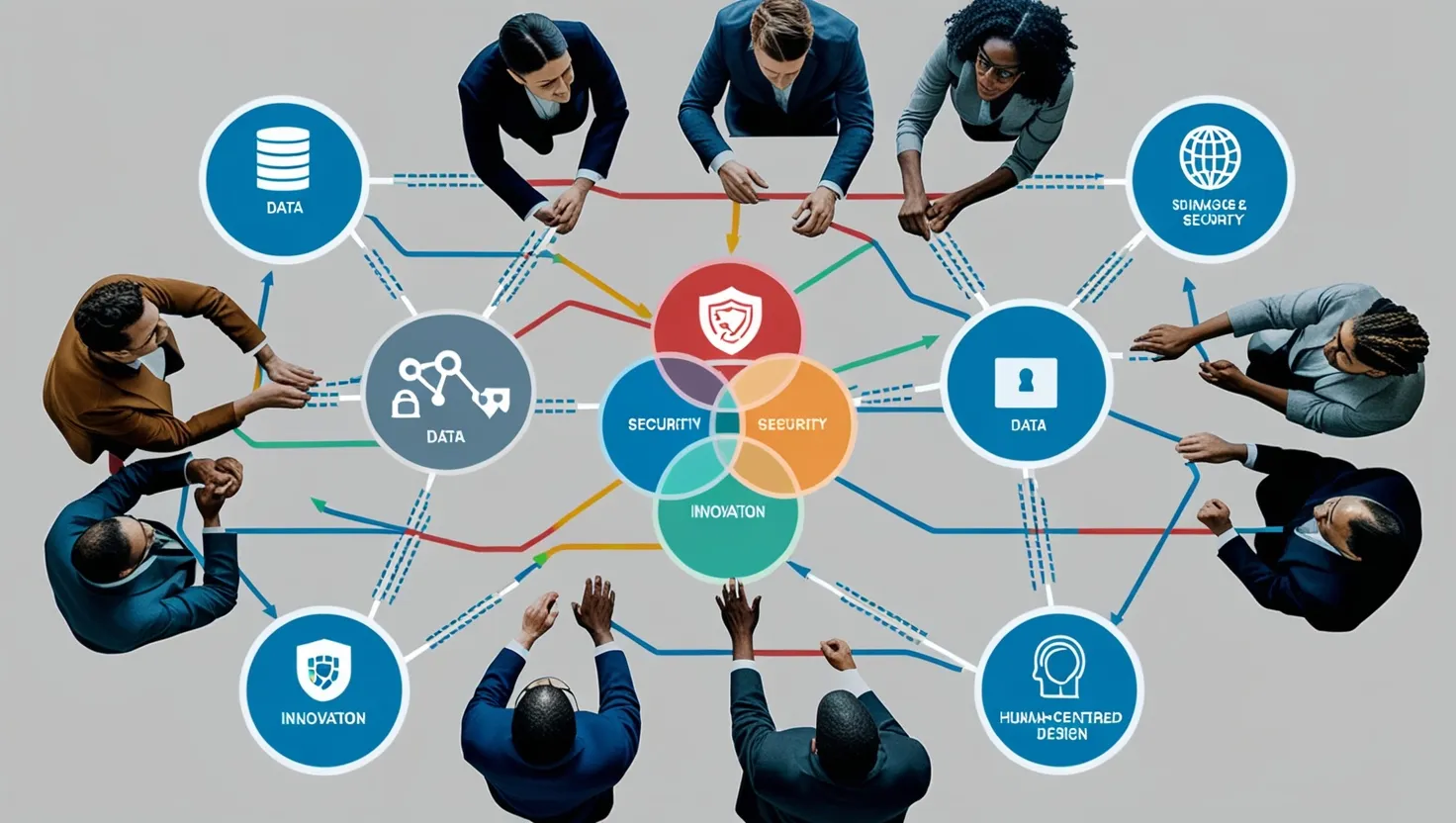Leading high-performing remote teams requires a shift in mindset and approach. As more organizations embrace distributed work, managers must adapt their leadership styles to effectively guide teams across time zones and cultures. By focusing on outcomes, asynchronous workflows, intentional connections, documentation, global protocols, virtual rituals, and remote career paths, leaders can build thriving remote-first cultures.
Setting clear, outcome-based success metrics is crucial for remote teams. Without the ability to observe employees working in an office, managers need to define and measure results rather than hours worked or tasks completed. This shift empowers employees to work when and how they’re most productive while still meeting key objectives. Effective remote leaders collaborate with their teams to establish SMART goals - Specific, Measurable, Achievable, Relevant, and Time-bound. They then use project management tools to track progress and celebrate milestones.
“The best way to predict the future is to create it.” - Peter Drucker
How can you reframe your team’s goals to focus on outcomes rather than activities?
Creating asynchronous workflows allows distributed teams to collaborate effectively across time zones. This means designing processes and using tools that don’t require real-time interaction for most tasks. Asynchronous communication through project management platforms, recorded video updates, and well-documented decisions enables team members to contribute on their own schedules. It also reduces the need for constant meetings that can be disruptive and inefficient for global teams.
Building intentional team connections is vital for fostering trust and camaraderie in remote environments. Without organic water cooler chats or lunch breaks, leaders must be proactive about creating opportunities for social interaction and relationship-building. This could include virtual coffee breaks, online game sessions, or even in-person retreats when possible. The key is to make these connections feel natural and valuable, not forced or obligatory.
Implementing structured documentation practices ensures that knowledge is accessible to all team members, regardless of location or time zone. Clear, comprehensive documentation of processes, decisions, and institutional knowledge creates a single source of truth that remote employees can reference at any time. This reduces confusion, increases efficiency, and makes onboarding new team members smoother. Leaders should establish guidelines for what needs to be documented and how, then model good documentation habits themselves.
Establishing global time zone protocols is essential for managing expectations and reducing frustration in distributed teams. This involves setting core collaboration hours where all team members are expected to be available, while also respecting individual work schedules and personal time. Leaders should encourage team members to clearly communicate their working hours and response times. They should also rotate meeting times to accommodate different time zones fairly.
“The single biggest problem in communication is the illusion that it has taken place.” - George Bernard Shaw
How can you improve communication protocols in your remote team to ensure everyone feels heard and informed?
Designing virtual collaboration rituals helps maintain team cohesion and culture in a remote setting. These could include weekly all-hands meetings, monthly virtual team-building activities, or quarterly strategy sessions. The key is consistency and intentionality - these rituals should be regular touchpoints that team members can rely on and look forward to. They provide structure and shared experiences that help bind the team together despite physical distance.
Developing remote career advancement paths is crucial for retaining top talent in distributed teams. Without the visibility of an office environment, it can be challenging for employees to showcase their skills and progress in their careers. Leaders must create clear pathways for growth and advancement that don’t rely on physical presence. This could involve setting up mentorship programs, offering virtual leadership training, or creating opportunities for cross-functional collaboration. Regular one-on-one check-ins focused on career development are also essential.
Remote-first companies like GitLab, Automattic, and Zapier have excelled in implementing these principles. GitLab, for instance, has become known for its extensive public handbook that documents nearly every aspect of the company’s operations and culture. This level of transparency and documentation has enabled them to scale to over 1,300 employees across more than 65 countries.
Automattic, the company behind WordPress.com, has developed a strong culture of asynchronous communication. They use internal blogs called “P2s” for most company discussions and decision-making, allowing team members to contribute thoughtfully on their own time. This approach has fostered deep, meaningful conversations and reduced the need for constant meetings.
Zapier has focused on creating strong virtual connections among team members. They host regular virtual events, including an annual all-company retreat that brings everyone together in person. They’ve also implemented a “Pair Buddies” program that randomly matches employees for casual video chats, mimicking the serendipitous interactions that might occur in an office.
“The greatest leader is not necessarily the one who does the greatest things. He is the one that gets the people to do the greatest things.” - Ronald Reagan
How can you empower your remote team members to take ownership and drive innovation?
While these principles can greatly enhance remote team performance, leaders must also address key challenges inherent in distributed work. Burnout prevention is a critical concern, as the lines between work and personal life can easily blur in a remote setting. Leaders should encourage clear boundaries, promote regular breaks, and model healthy work-life integration themselves.
Maintaining virtual team cohesion requires ongoing effort and creativity. Beyond structured rituals, leaders can foster a sense of belonging by recognizing individual and team achievements, sharing personal stories, and creating spaces for informal interactions. Some companies have even experimented with virtual reality platforms to create more immersive team experiences.
Remote performance management presents unique challenges, as traditional methods of evaluation may not apply. Leaders need to develop new ways of assessing performance that focus on outcomes, skills development, and contribution to team goals. Regular feedback loops, peer evaluations, and self-assessments can provide a more holistic view of an employee’s performance in a remote setting.
Innovation without physical proximity requires intentional facilitation. Leaders can create virtual innovation hubs, host online brainstorming sessions, and use digital whiteboarding tools to replicate the collaborative energy of in-person ideation. Encouraging cross-functional projects and providing time for experimentation can also spark creativity in distributed teams.
As remote work continues to evolve, so too will the strategies for leading high-performing distributed teams. The most successful remote leaders will be those who can adapt quickly, experiment with new approaches, and consistently prioritize clear communication and strong relationships. By embracing these principles and addressing the unique challenges of remote work, leaders can create thriving, innovative teams that are not limited by geography or time zones.
“Leadership is not about being in charge. It’s about taking care of those in your charge.” - Simon Sinek
What steps will you take today to better support and empower your remote team members?
In conclusion, leading high-performing remote teams requires a thoughtful, intentional approach that goes beyond simply replicating office-based practices in a virtual environment. By focusing on outcomes, embracing asynchronous work, fostering connections, prioritizing documentation, respecting global dynamics, creating meaningful rituals, and supporting remote career growth, leaders can build resilient, productive, and engaged distributed teams. As the world of work continues to evolve, these principles will become increasingly important for organizations looking to thrive in a remote-first future.






